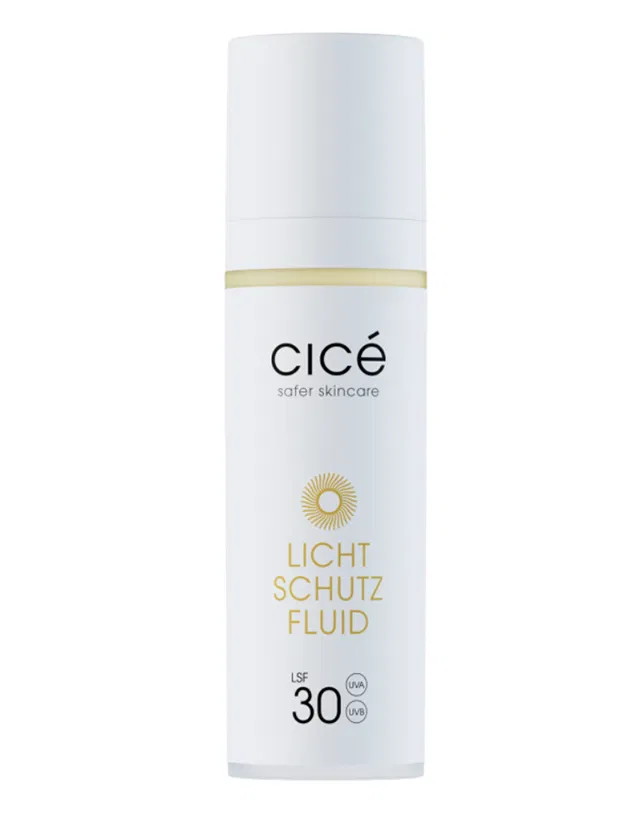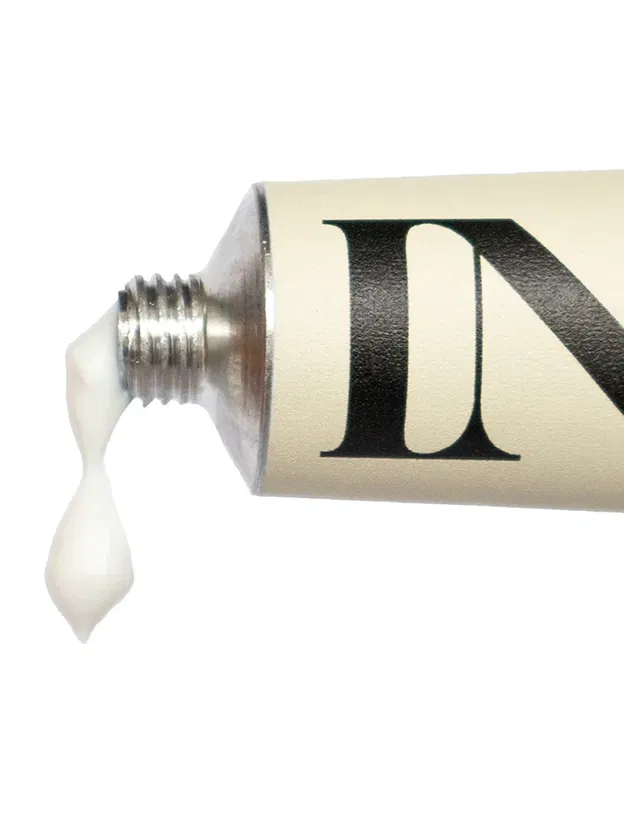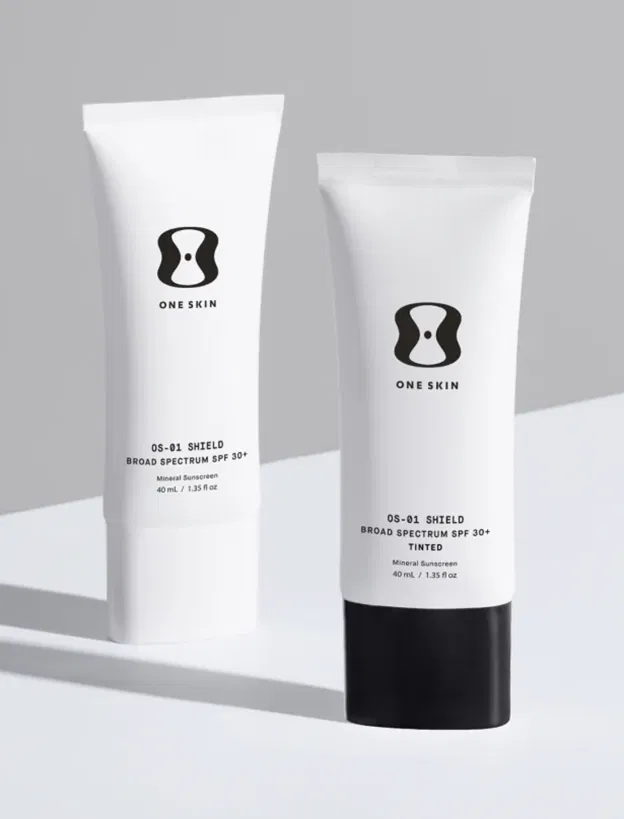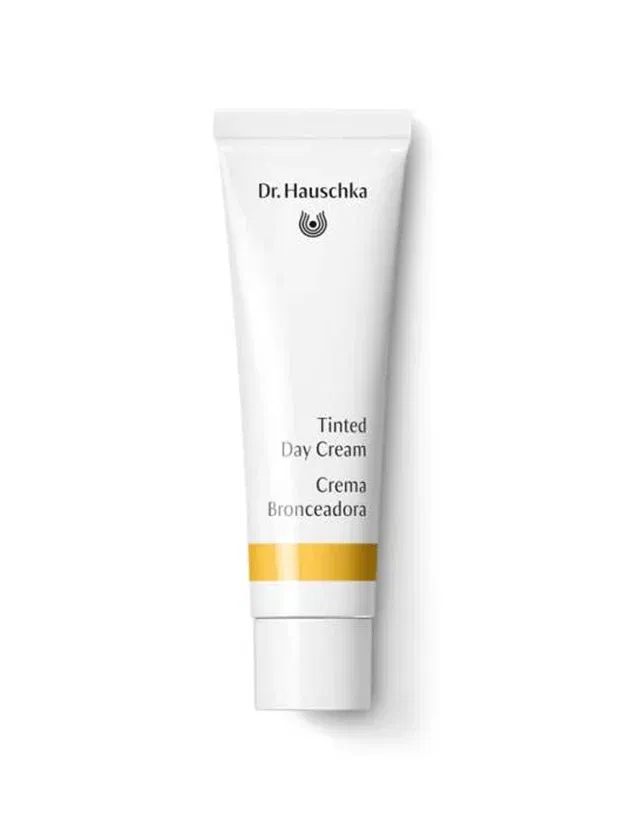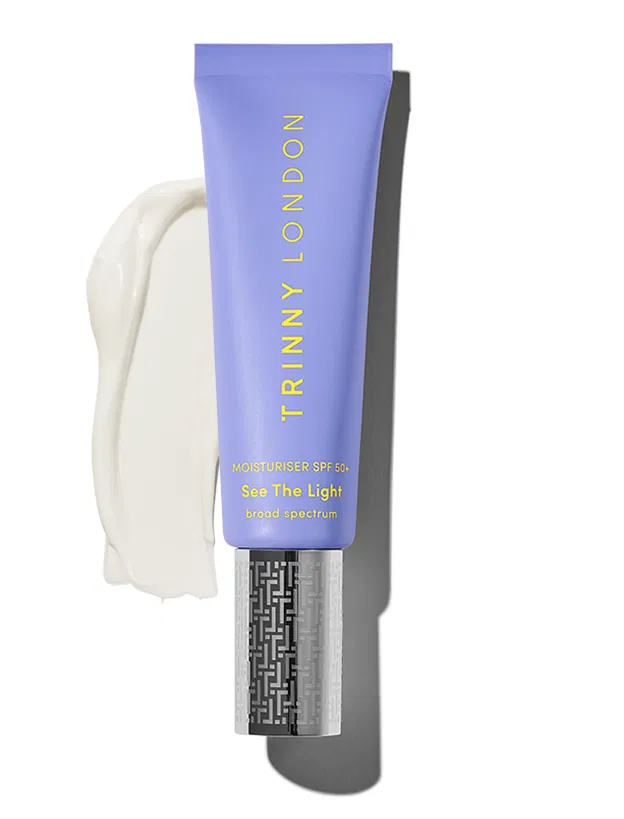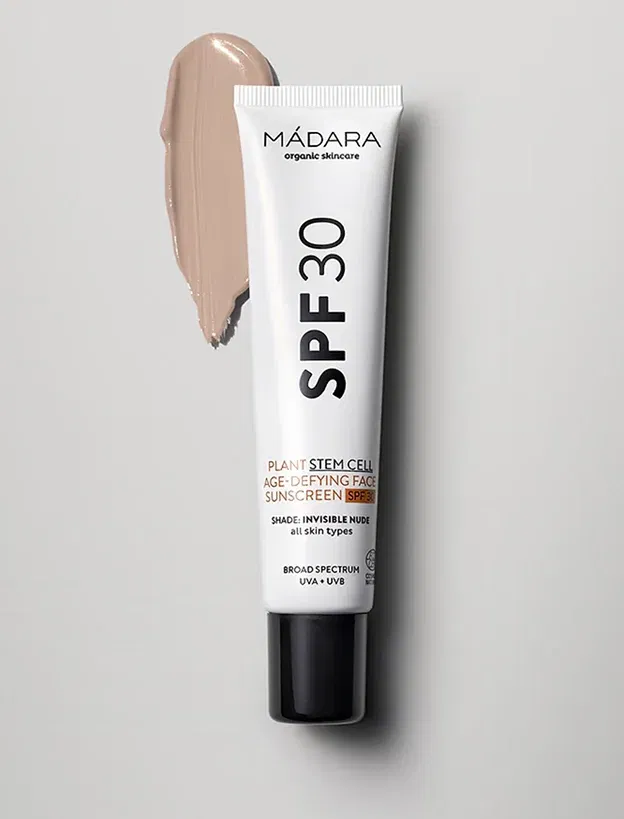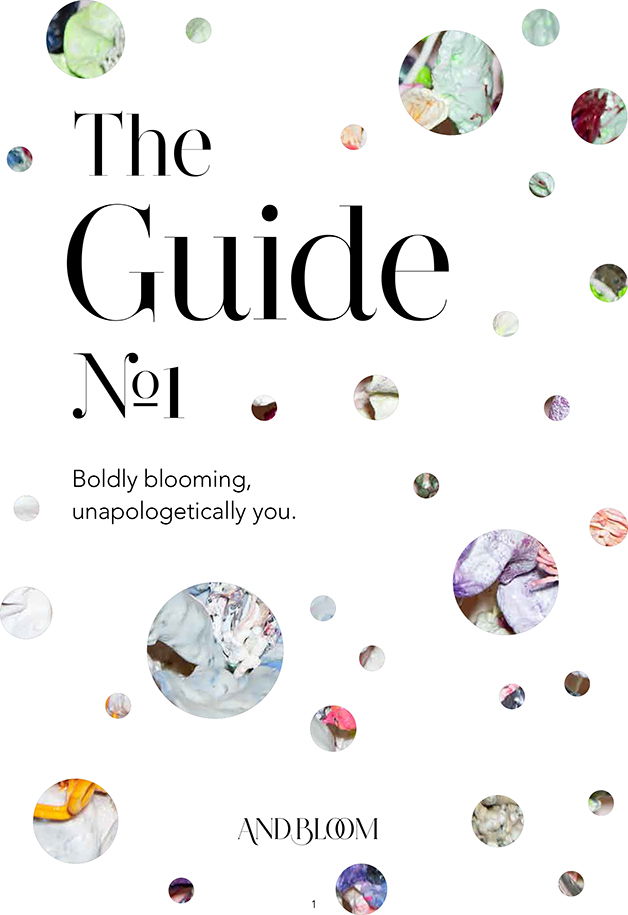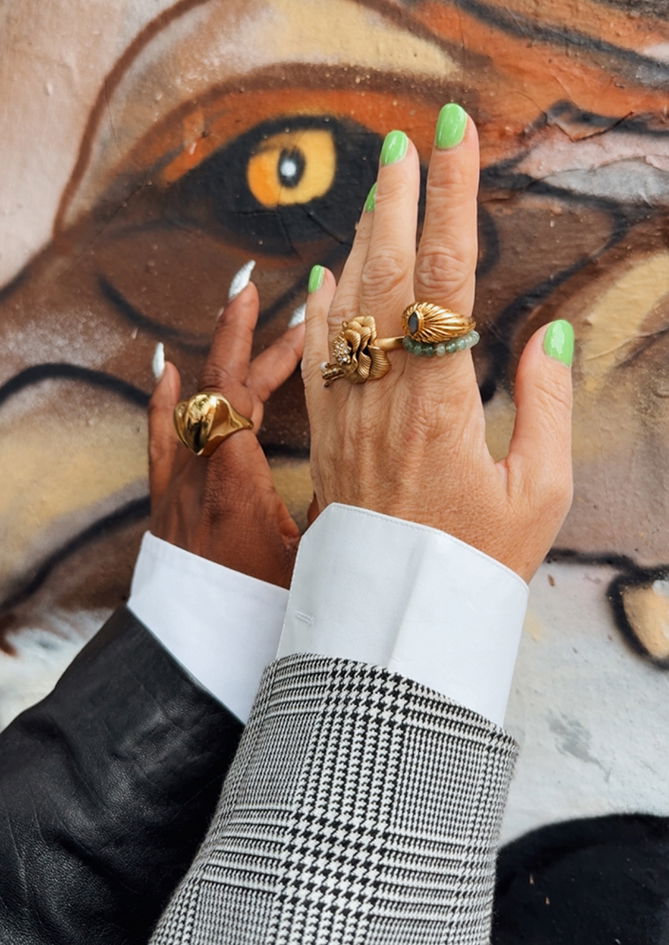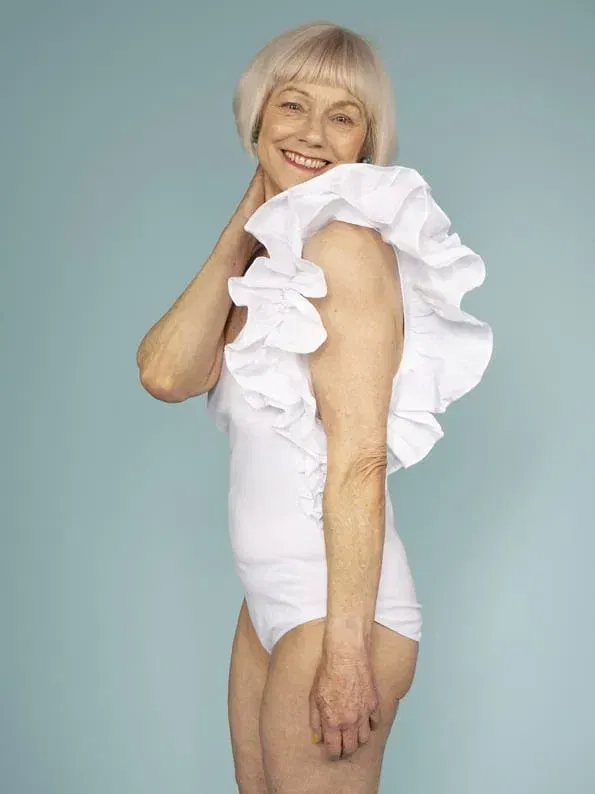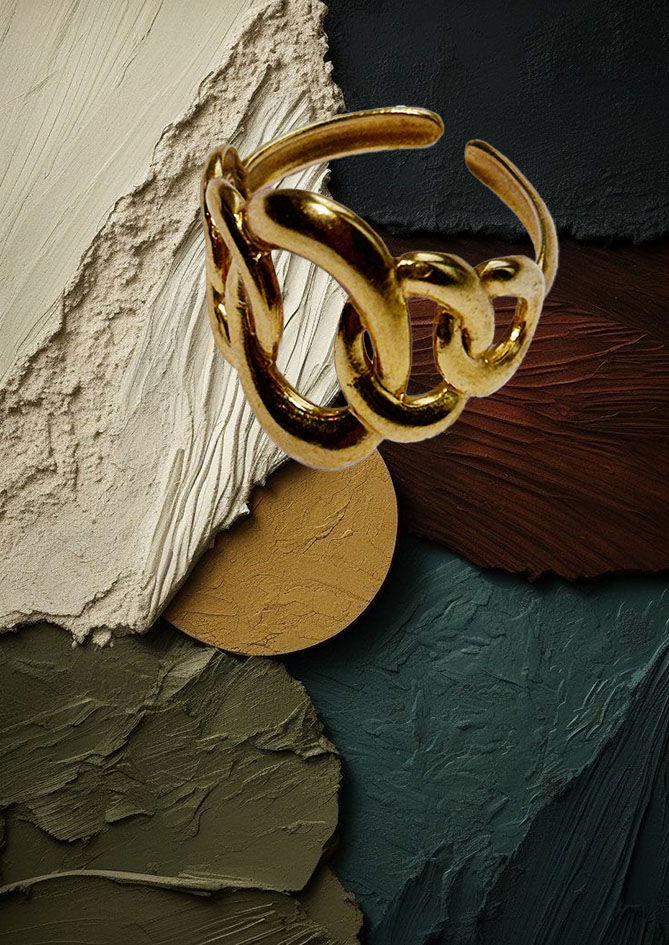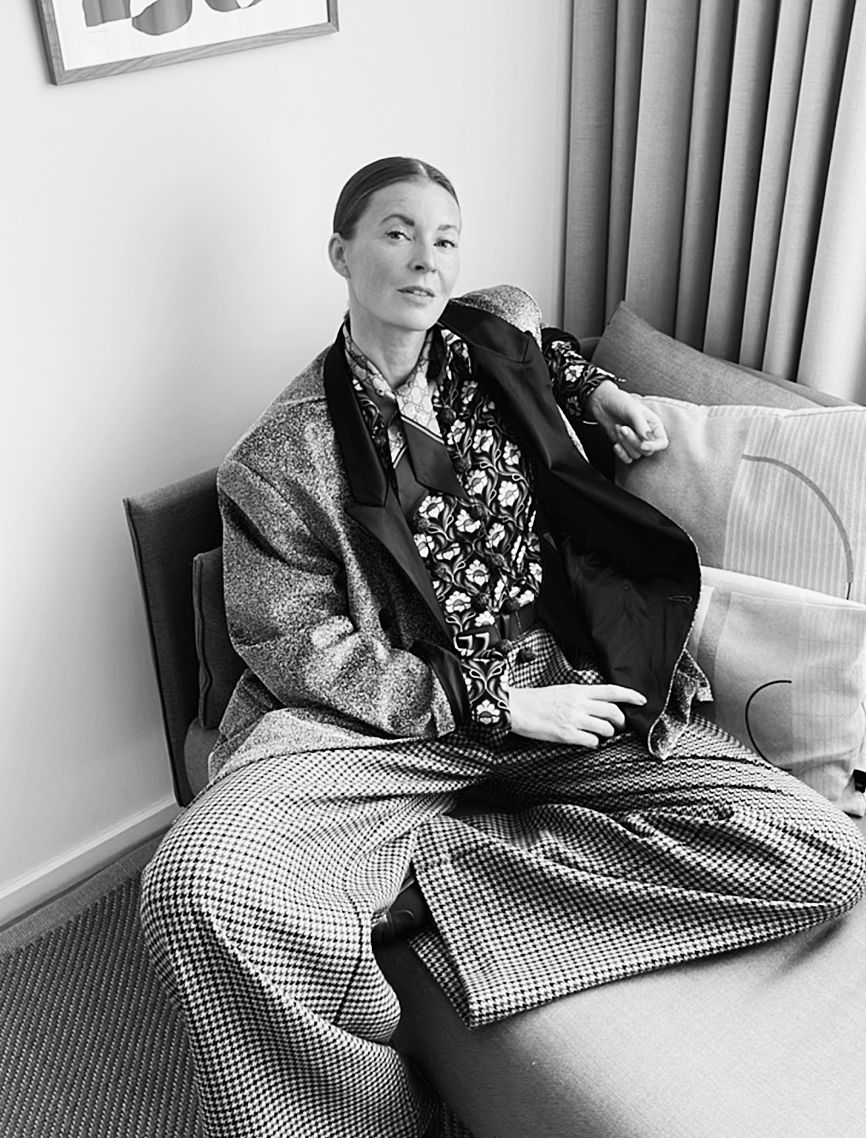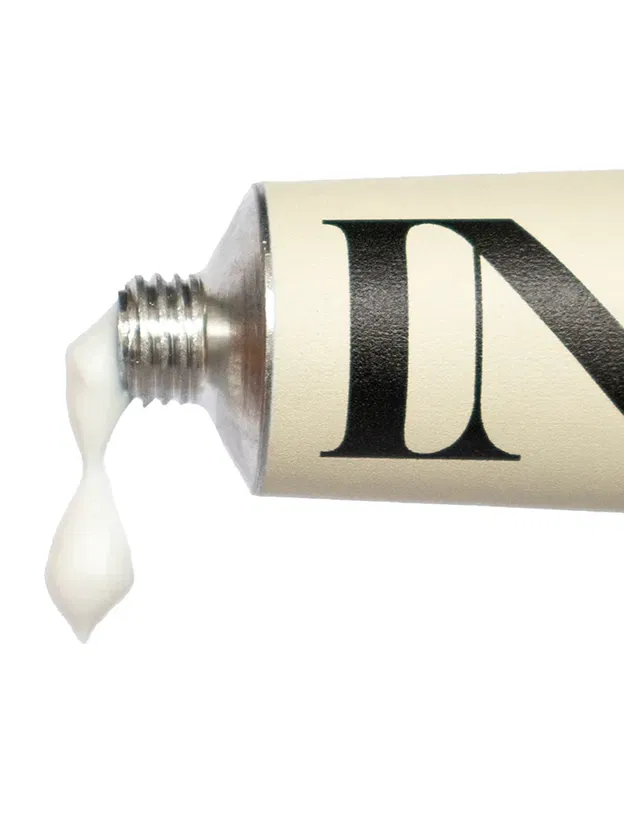
How to Use Sunscreen Effectively to Prevent Premature Skin Aging
Lorem ipsum dolor sit amet, consectetur adipiscing elit. Integer nec odio. Praesent libero. Sed cursus ante dapibus diam. Sed nisi. Nulla quis sem at nibh elementum imperdiet.
You’ve likely heard it before, and it’s for a good reason: applying sunscreen daily is the most essential step in your skincare routine to prevent unnecessary premature skin aging.
I speak from experience because I have been diligently using my SPFs for a short time now (previously, I used it regularly but not every day) and have seen visible improvements in my skin.
UV rays damage the collagen and elastin in your skin, leading to early wrinkles, fine lines, and pigmentation spots. If you’re looking for a minimal anti-aging routine, sunscreen is your ultimate go-to.
However, there are many misconceptions about its use. Proper sunscreen application to prevent premature skin aging goes beyond just a small amount in the morning. Want to make sure your sunscreen is effective every day? Keep the following points in mind.
Lorum ipsum
Lorem ipsum dolor sit amet, consectetur adipiscing elit. Integer nec odio. Praesent libero. Sed cursus ante dapibus diam. Sed nisi. Nulla quis sem at nibh elementum imperdiet.
